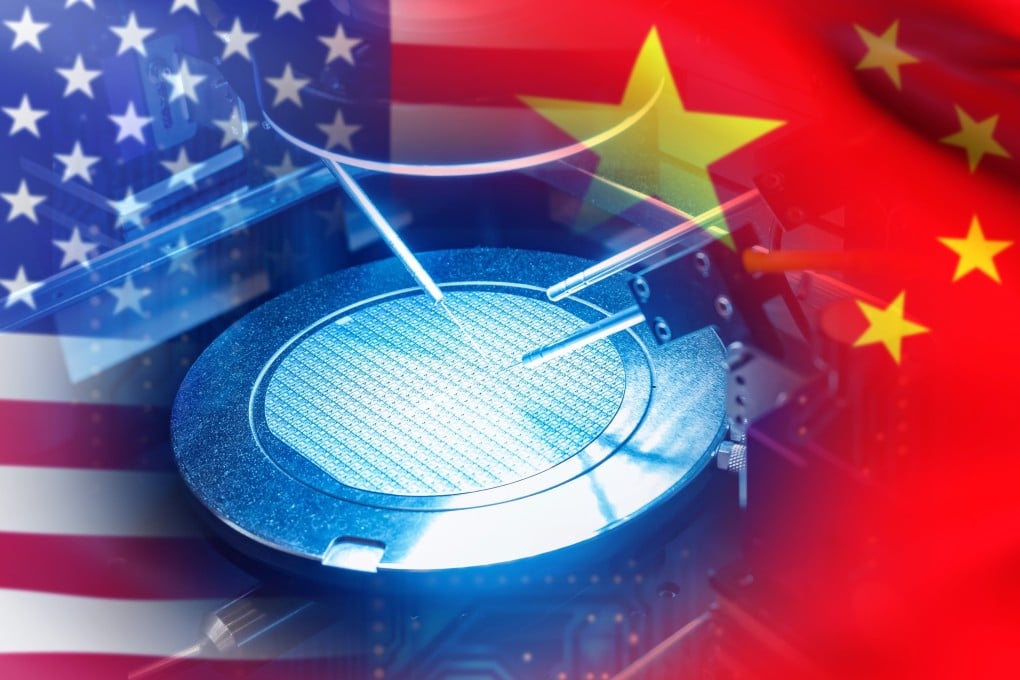Tech war: China’s semiconductor industry weathers tough year amid tighter US sanctions
- The US moves exposed weak links in China’s supply chain, but they also provided the motivation for renewed efforts at achieving self sufficiency
- Despite China’s steady progress in some chip making tools, it is far behind in high-end lithography systems, crucial for making advanced circuits

China’s semiconductor sector weathered a tough year that saw an escalation of US tech sanctions that restricted its access to advanced chip making tools and artificial intelligence (AI) processors, although industry spirits were buoyed by a breakthrough from local tech champion Huawei Technologies.
Six weeks after sanctions-hit Huawei staged a surprise comeback with a 5G smartphone based on a 7-nanometre (nm) processor manufactured by Chinese foundry Semiconductor Manufacturing International Corp (SMIC), Washington ratcheted up its China export controls to cover a slew of process gear needed for semiconductor wafer fabrication, including lithography, etching, deposition, implant and cleaning.
The latest rules also came after successful US efforts since January to woo Japan and the Netherlands to join it in restricting exports of advanced semiconductor tools to China, moves aimed at curbing Beijing’s ability to leverage foreign tech for military applications.
The US moves exposed weak links in China’s chip supply chain, but they also provided the motivation for renewed efforts at achieving self-sufficiency in semiconductors. Industry insiders said the US sanctions created a rare opportunity for domestic tool makers to get their gear qualified by Chinese wafer fabs, which until now have predominantly been equipped with foreign-made production equipment.